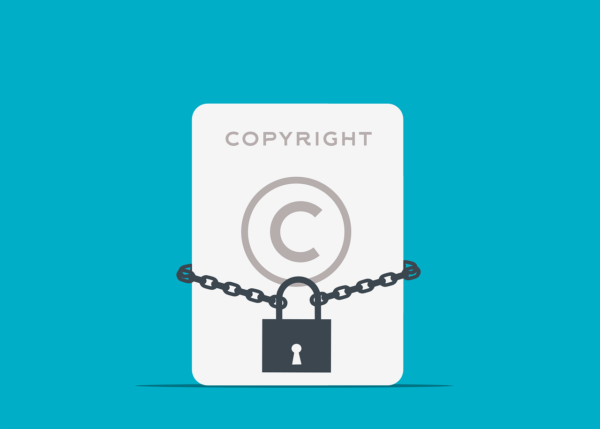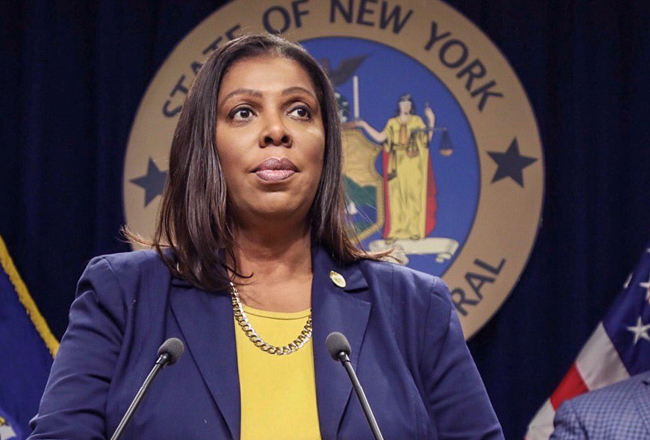
Copyright infringement and plagiarism have become routine occurrences in the content writing network. Let”™s consider a few methods for detecting and determining the extent of the damage it can cause.
There are roughly 1.7 billion websites, according to WebsiteSetup.org, and approximately 175 new websites are created every minute. So, it can be challenging for content writers to pen something unique and completely original ”” especially if the content is the result of research culled from multiple sources. But we must never pass off someone else”™s work as our own ”” that would be plagiarizing their work.
Plagiarism is a form of copyright infringement that occurs when you use another person”™s work without permission. Usually, the author of a piece of content is its copyright holder, although when a copyright transfer agreement is signed or an article is written for someone else, the employer owns the copyright.
As a content creator, the writer”™s job is to ensure that the company or brand has an excellent public image ”” and a copyright infringement case can damage it. Search engines like Google can determine if content has been copied from another source, which means less traffic to the offending website where proper references and attribution are not cited.
Plagiarism-checking websites can help determine if content can be considered original. Content that is being readied for publication can be copy-and-pasted into one of these checkers, which include the websites Grammarly, Writer.com and Copyscape. Sometimes the work may not pass the check, which will require a re-evaluation of the article to guarantee it has cited all possible resources.
According to the 1976 Copyright Act, writers are granted certain exclusive rights to reproduce and sell their works. When these rights are violated, you can sue the person who used your work without your consent and, if successful, recover monetary damages. But if such a copyright infringement case is brought against you, you may have to pay for three different types of damage. These damages include:
Revenue lost by the author: This includes the loss of profit, sales, licensing revenue, or any other money that the copyright owner lost because of the infringement.
The income you may have generated using the copyrighted article: You must pay the author”™s profits only if they exceed the revenue previously lost. It is to ensure that you cannot profit from your infringement.
Statutory damages: It may be $750-$30,000 for every non-willful infringement and up to $150,000 for willful infringement. The amount depends on the seriousness of the copyright violation and your financial worth.
All this not only leaves you open to calls from the legal counsel representing the party claiming to have been plagiarized, but it can also generate debt harassment calls.
How can one avoid plagiarism? The most effective way is to take specific steps to make sure you avoid copyright infringement and plagiarism in your works. These include the following:
Read from various sources: Getting more than one perspective on a singular topic is essential. Your information pool also increases in size and you have more points to choose from while writing your article.
Start writing once you have a good understanding of the topic: By doing so, you will develop your ideas and opinions on the topic. If you don”™t know what you are talking about, it is difficult to avoid repetition and in turn, you plagiarize others, willfully or not.
Use quotation marks: When you have to insert someone”™s statement into your work, you should quote their words and link the source content.
Try not to use a similar structure to any of your sources: Even if you are not copying anything word for word, using another article as a framework for a new one is deemed plagiarism.
Put your ideas forward: Effective content marketing relies a lot on originality and if the content is exciting and unique, the website gets more traffic.
Check for plagiarism: As mentioned earlier, you can check your work for plagiarism using any free tools available online. Doing so will reduce the chance of accidental plagiarism and any copyright infringement.
Lyle Solomon is a principal attorney with the California law firm Oak View Law Group. This article is an original submission for the Business Journal.




















